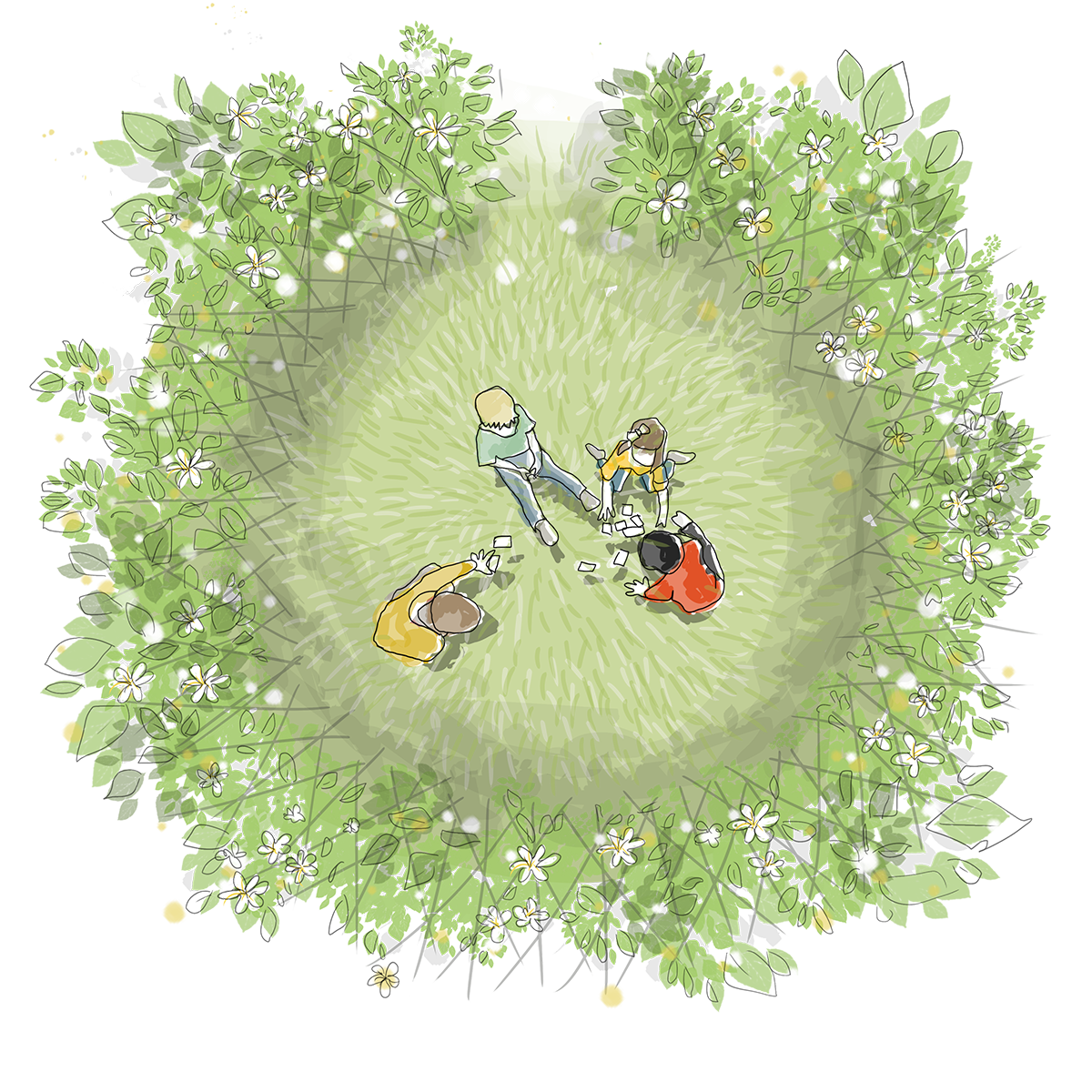Explore our HALOs
Growing together
Growing together
Sorbus Aucuparia
No tree has more mystical associations than the rowan. Beloved by the druids, it is often found growing close to stone circles and ancient burial sites, where it is believed to protect against evil. Due to its white flowers it was considered a ‘faerie tree’, enhancing psychic powers and the appearance of visions. If a rowan tree took root next to a dwelling, it was considered great good fortune for all who lived there. Celtic traditions tell how the first woman was formed from Rowan (the first man Ash). Rowan was also the sacred plant of Brid- the Celtic goddess of the health, arts, healing, midwifery, smiths and weavers.
Rowan has always been apart of traditional herbal medicine to treat sore throats, haemorrhoids and scurvy.
The berries can be used to make jams, jellies, conserves, marmalades, vinegar, wines, spirits, confectionery, ketchup, pies and soups etc.
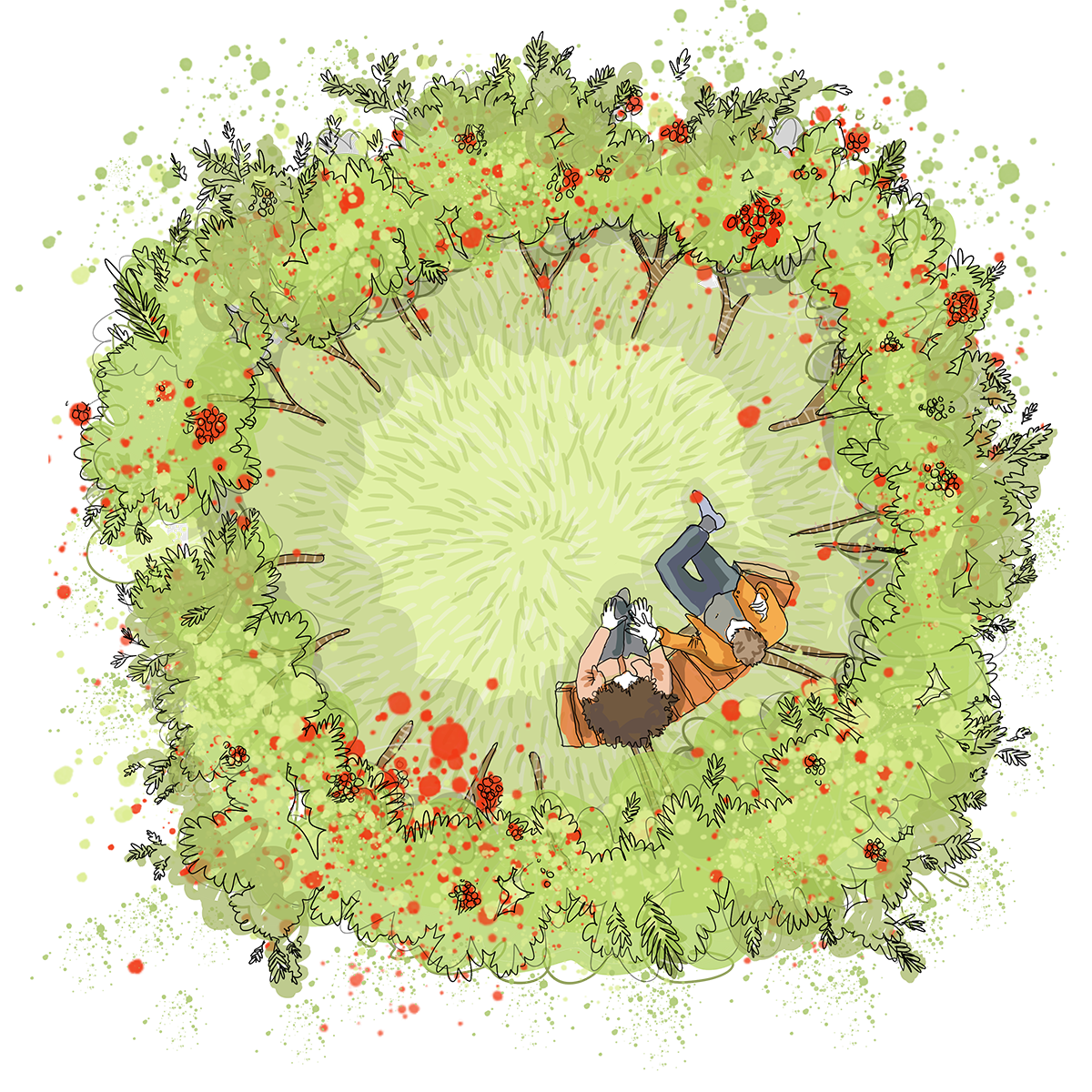
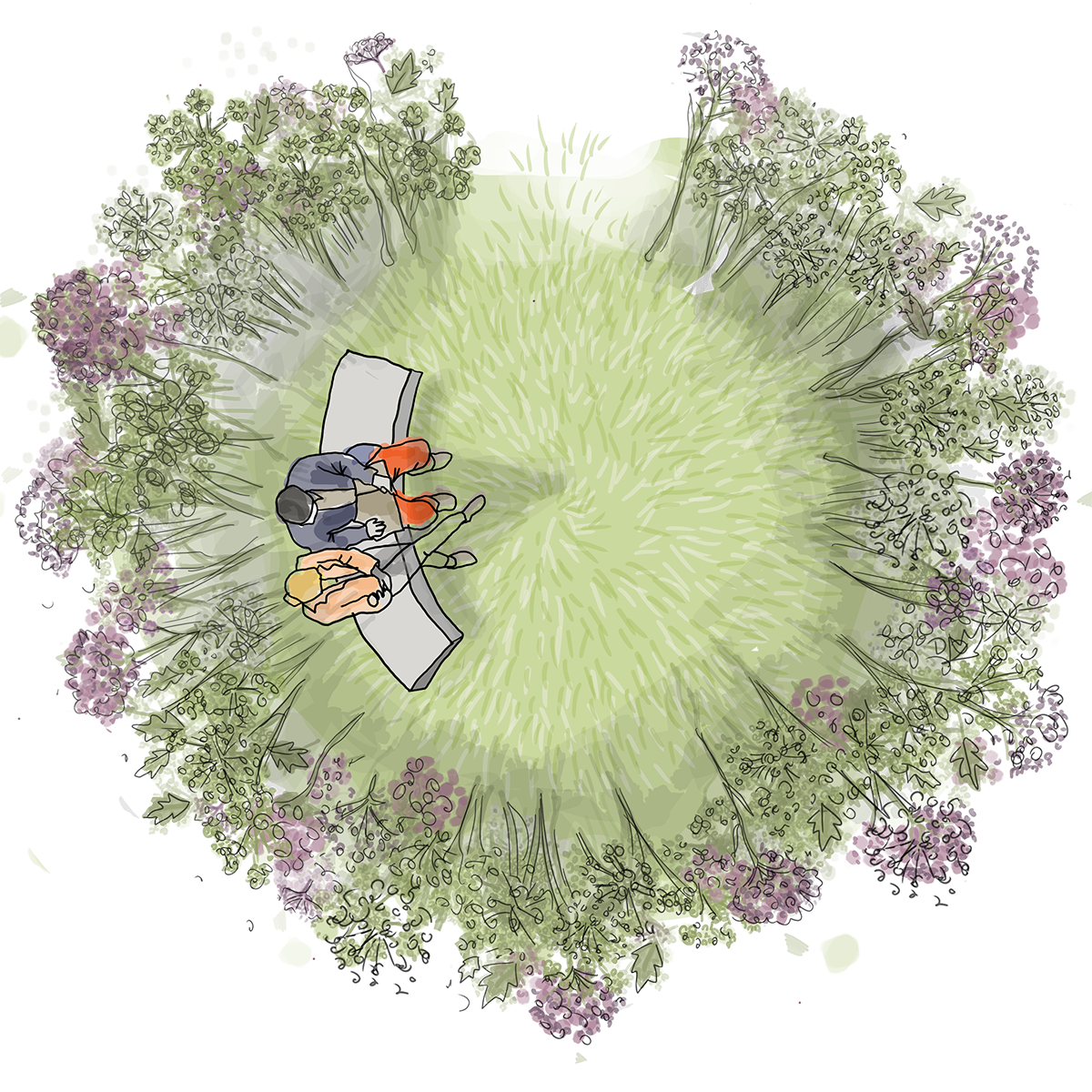
Angelica archangelica,
In folklore Angelica was seen as a cure for all evils, associated with St. Michael the Archangel. Angelica is an important herb in the Celtic tradition, It was believed that scattering the leaves can purify an area. Adding the leaves to incense is said to promote healing.
Bergapten, an isolated compound from the plant, has been shown to be effective in the treatment of psoriasis when combined with ultraviolet light therapy. Herbalists use angelica
as an all- round tonic and also to stimulate the circulation in the treatment of Buerger’s disease (narrowed arteries in hands and feet).
The ‘angelic herb’ was traditionally prescribed for bronchial complaints, fevers, digestive and menstrual problems, rheumatism and even being bit by a mad dog!
Young angelica stems can be candied or stewed with rhubarb, the leaves and flower buds eaten raw or cooked.
The seeds can be infused in hot water for a warm drink to aid digestion.
Myosotis sylvatica
Forget-me-nots represent long lasting connections that can exist between lovers, and friends. The transient forget-me-not blooming yearly in Spring, a carpet of rich blue flowers.
The quality of remembrance is woven throughout the history of this plant. The common English name of Forget-Me-Not, from the French ne m’oubliez pas, has its origin in many folkloric understandings of this flower.
Forget-me-nots also symbolize protection and luck, and it’s believed that they have the power to protect humans against witches. King Henry IV of England used this flower symbol as his lucky charm during his exile in 1398, these flowers became his very symbol after he returned with them. In medieval Germany, forget-me-nots were worn by lovers to ensure they would not forget each other while they were apart.
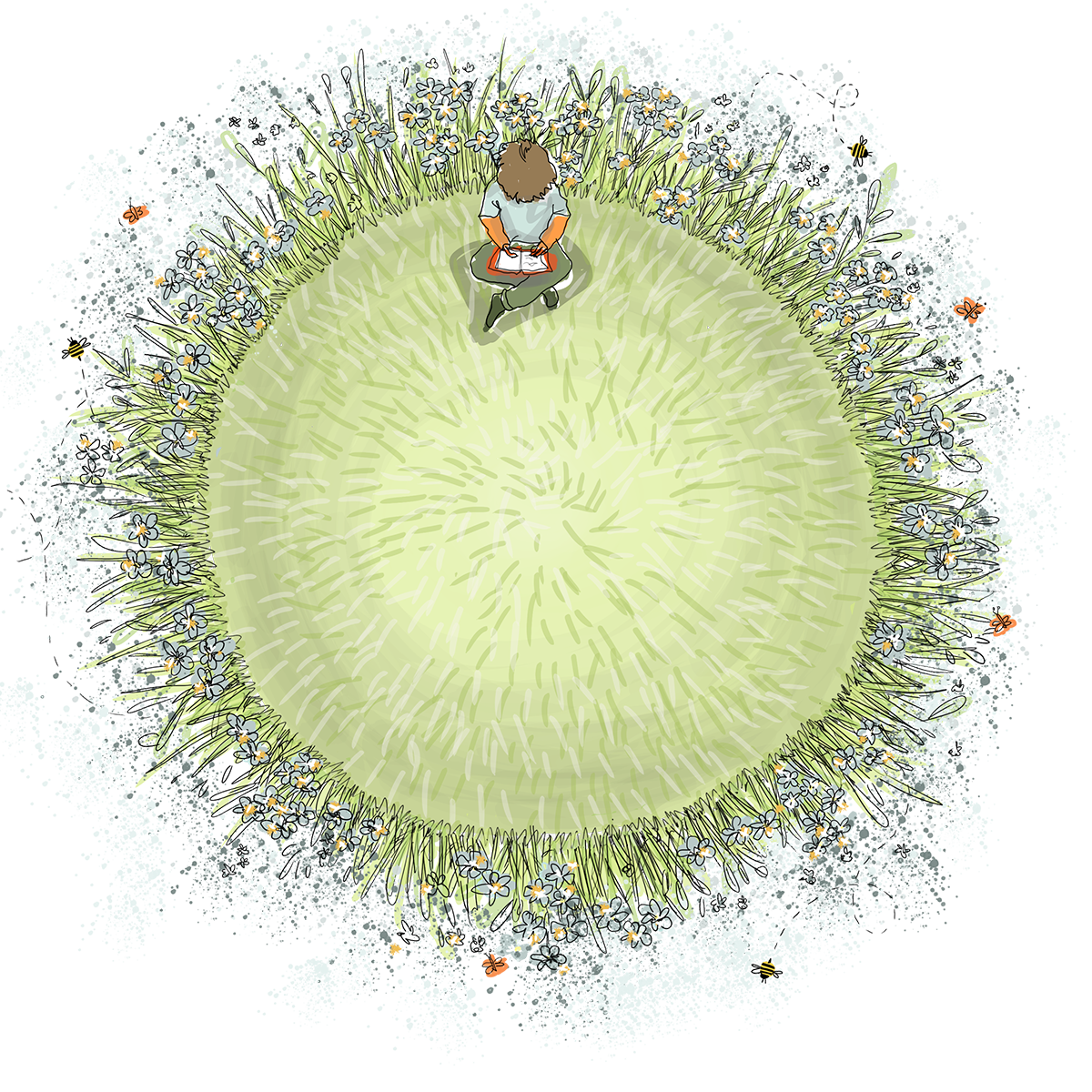
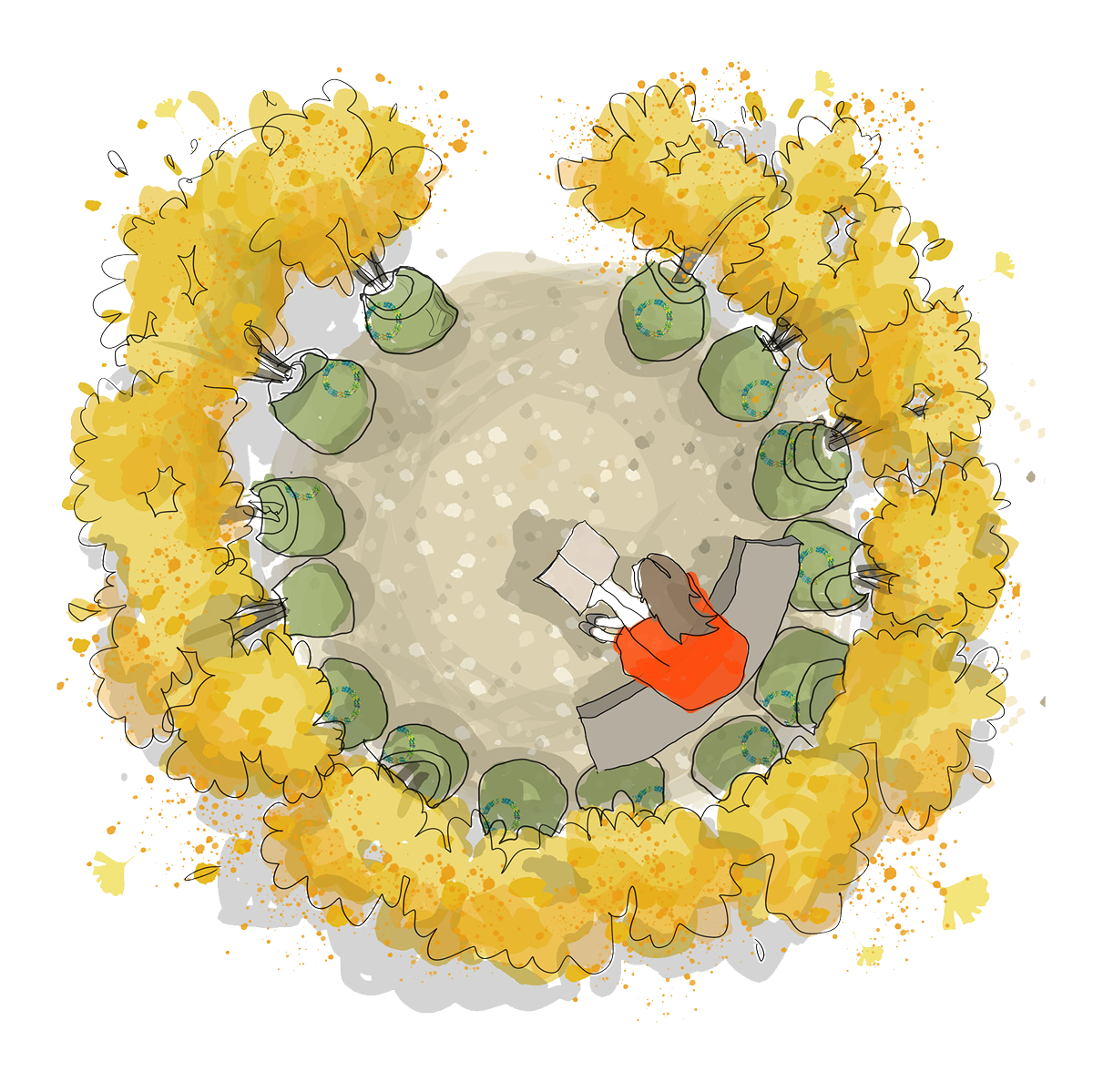
Ginkgo Biloba
Ginkgo is the oldest living tree species and often referred to as a living fossil; the DNA of Ginkgo trees today are indistinguishable from 270million year old fossilised specimens. Its leaves are unique; fan-shaped with veins radiating out into the leaf blade, turning saffron yellow in autumn.
Several ginkgo stood near the detonation site of the nuclear bomb dropped on Hiroshima. Having survived the Ginkgo is now regarded as a symbol of endurance and vitality.
Traditional Chinese medicine has used ginkgo since 2800BC for asthma and coughs. The plant has both anti-inflammatory and anti-allergic properties.
Infuse the leaves in hot water for a warming drink to help strengthen the circulation. Ginkgo tea is also though to help the memory and concentration.
Rosa
A plant with more literary associations or a longer recorded history than the rose is hard to find. It has perfumed the air around humankind for thousands of years, and is a symbol of love both won and lost; bringing both joy and comfort.
Rose-water and oil first distilled around 1000CE by Avicenna. Roses were widely esteemed in Medieval medicine as a remedy for depression
Infuse rose petals in hot water for an uplifting, fragrant infusion. They can be used to infuse honey, or made into rose petal jam. Infused in oil, they can made a relaxing massage oil. Sprinkle dried and ground over food or mix with other spices for a fragrant rub for meat or veg.
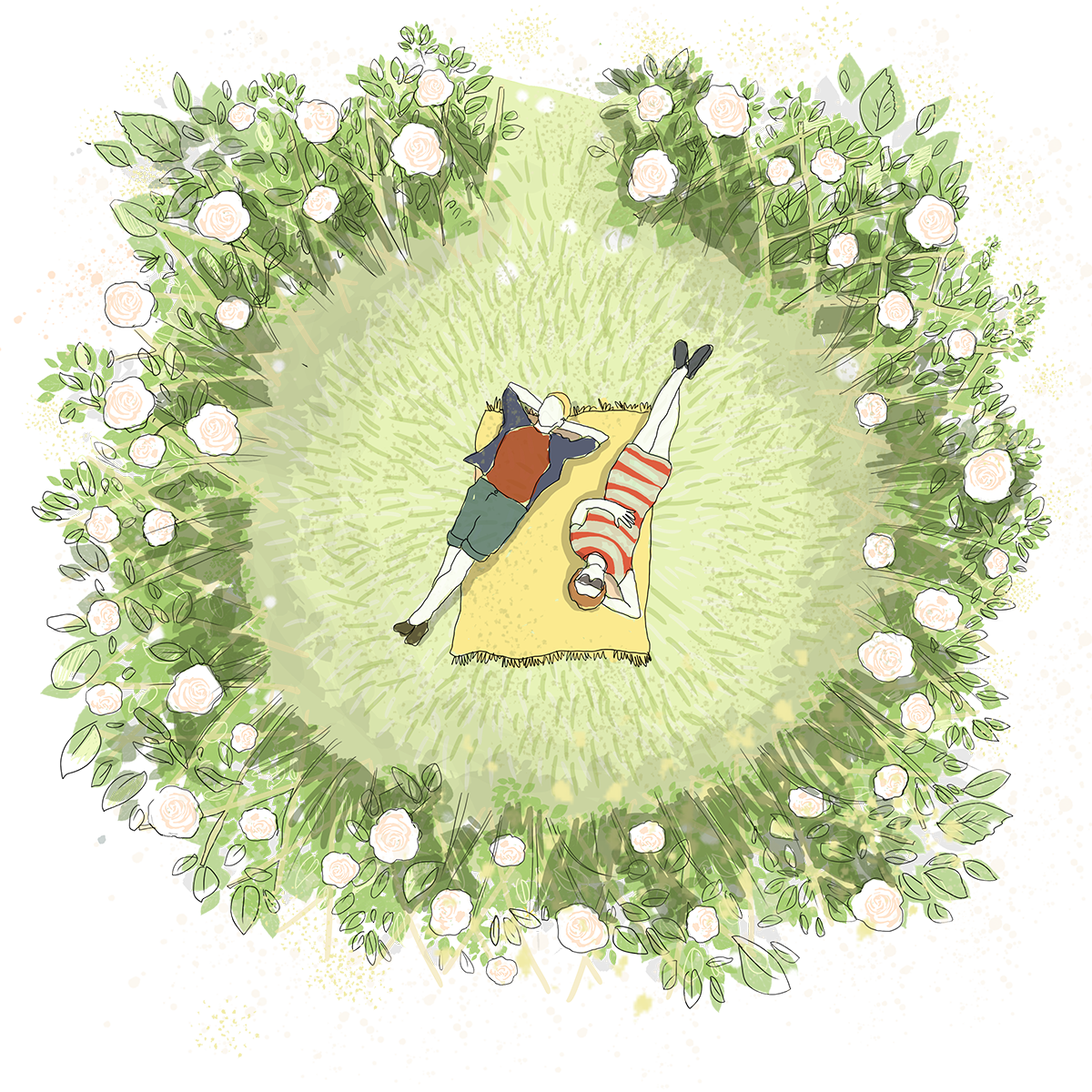
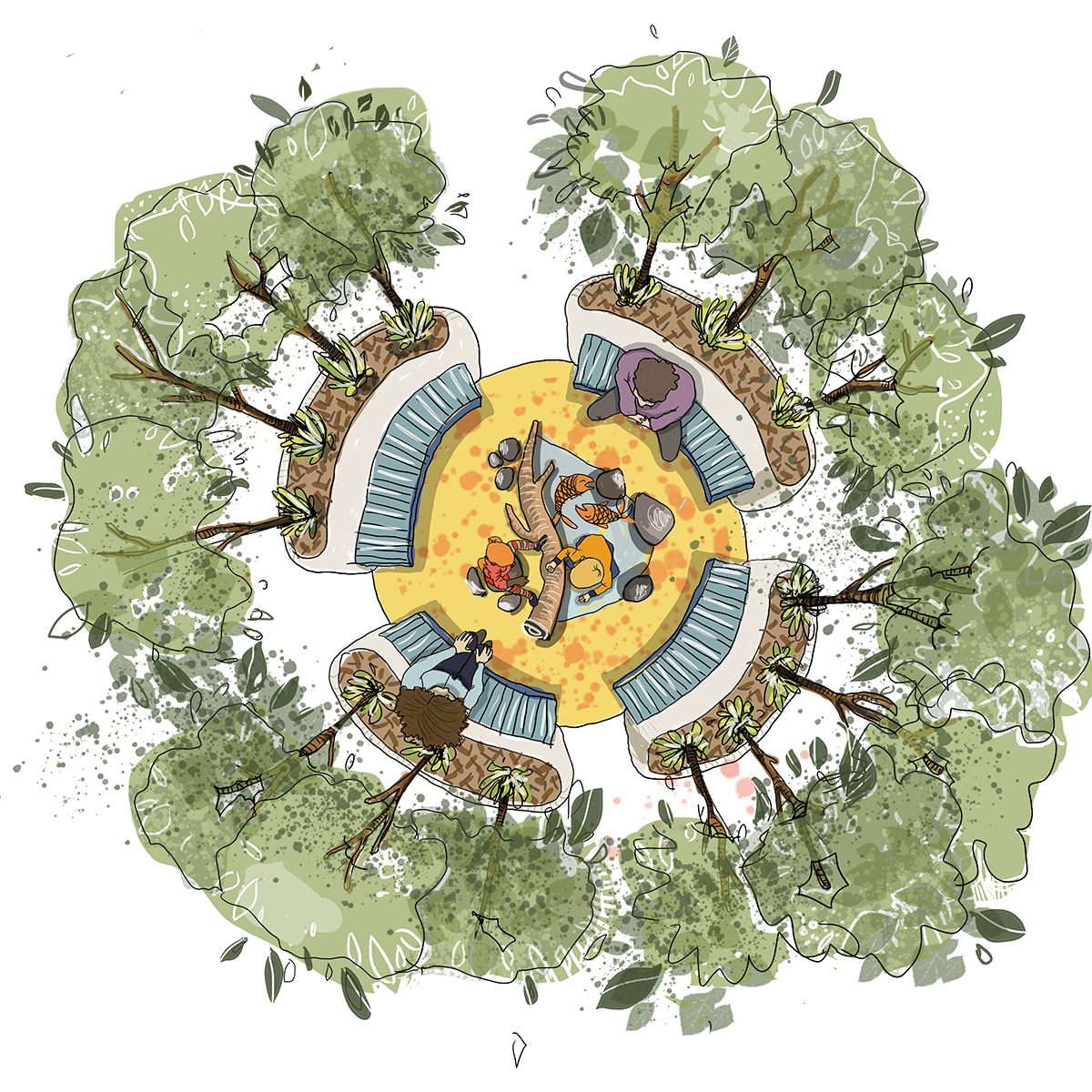
Populus tremula
Aspen (Populus tremula) is one of the rarest and most enigmatic of Scotland’s native trees and our only native poplar. Aspen’s Gaelic name is critheann (crith the gaelic verb for tremble). The rustling movement of the wind through the canopy and the sun dappling through the leaves can have a mesmerising effect, encourage a contemplative and meditative frame of mind.
Aspen has been traditionally used for treating headaches, as well as arthritic and rheumatic pains due to its anti-inflammatory properties. The astringent and antiseptic qualities of aspen make it useful for the treatment of IBS.
Aspen wood is used to make matches, light boxes, crates, interior parts of furniture and high quality paper. Several dyes can be obtained from the leaves and bark. Aspen bark extract is popularly used in skin care products.
Jasminum
A flower of seduction and mystery. This flower can also be referred to as “Queen of the Night” as it’s flowers bloom at night time, encouraging the magic of the evening- mystery, love, psychic dreams, and enchantment.
In medieval times jasmine was grown close to the house so their scent could waft in through open casements, the smell bringing with it cleanliness and health. Bags of jasmine were though to soothe the brain and dispel melancholy
In aromatherapy, jasmine is used for its relaxing qualities in pure flower form, as an essential oil, or in scented candles and incense. In cooking jasmine can be used as a garnish or as an ingredient in pastries.
